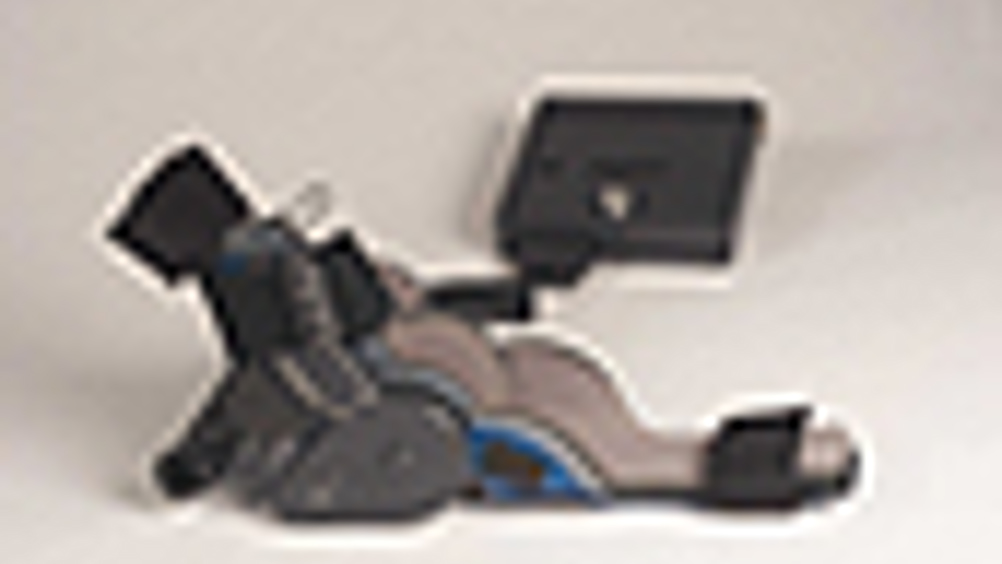More power to your elbow

An experimental robotic device that provides a ‘power assist’ to weakened muscles has shown promising results in improving arm motion in partially paralysed stroke survivors.
The MIT Active Joint Brace (AJB) was tested on stroke patients at MIT’s Clinical Research Center and at Spaulding Rehabilitation Hospital in Boston. According to the researchers, the results show that the ability of the device to provide a 'power assist' to muscle groups may help close the feedback loop of brain intention and actual limb movement that is believed to be a key component of cerebral plasticity in motor recovery.
Exoskeletal robots can, in principle, provide therapeutic exercise and/or function as powered orthoses to help compensate for chronic weakness.
The wearable, portable neurorobotic device combines a lightweight, motorised elbow brace with a computerised system that detects electrical impulses (electromyographic, or ‘EMG,’ signals) from the muscles. The device allows a patient to control affected muscles by attempting to move the arm. The system detects and then processes the EMG signals and translates them into the desired motion, amplifying the movements of the weakened muscles.
Register now to continue reading
Thanks for visiting The Engineer. You’ve now reached your monthly limit of news stories. Register for free to unlock unlimited access to all of our news coverage, as well as premium content including opinion, in-depth features and special reports.
Benefits of registering
-
In-depth insights and coverage of key emerging trends
-
Unrestricted access to special reports throughout the year
-
Daily technology news delivered straight to your inbox










Pipebots Transforming Water Pipe Leak Detection and Repair
Fantastic application.